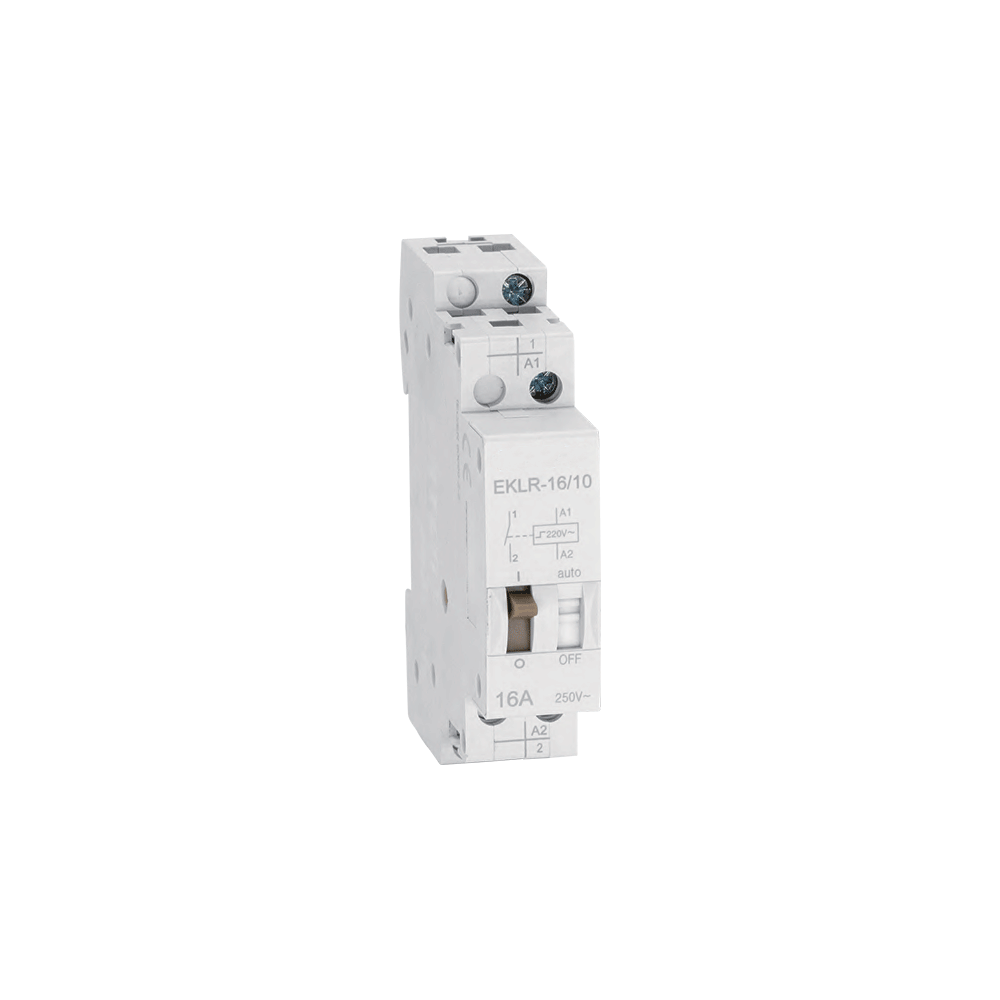
Available in stock: 12 - the delivery time is 1 to 2 days.
An impulse relay, also known as a latching relay or bistable relay, is a type of electrical relay that maintains its state after the control signal is removed. Unlike standard relays that require a continuous supply of power to maintain their state, an impulse relay only requires a momentary pulse of current to switch between its two stable states. An impulse relay has two stable states: set on and reset off. It remains in the last state it was switched to even after the control signal is removed. To switch the relay s state, a short pulse of current is applied to its control coil. The coil is direct or alternating voltage with different values 12, 24, 48, 110, 230. This pulse could be a brief switch closure, a digital signal, or any other form of momentary current flow. Impulse relays are particularly useful in scenarios where energy efficiency and memory of the last state are important.

